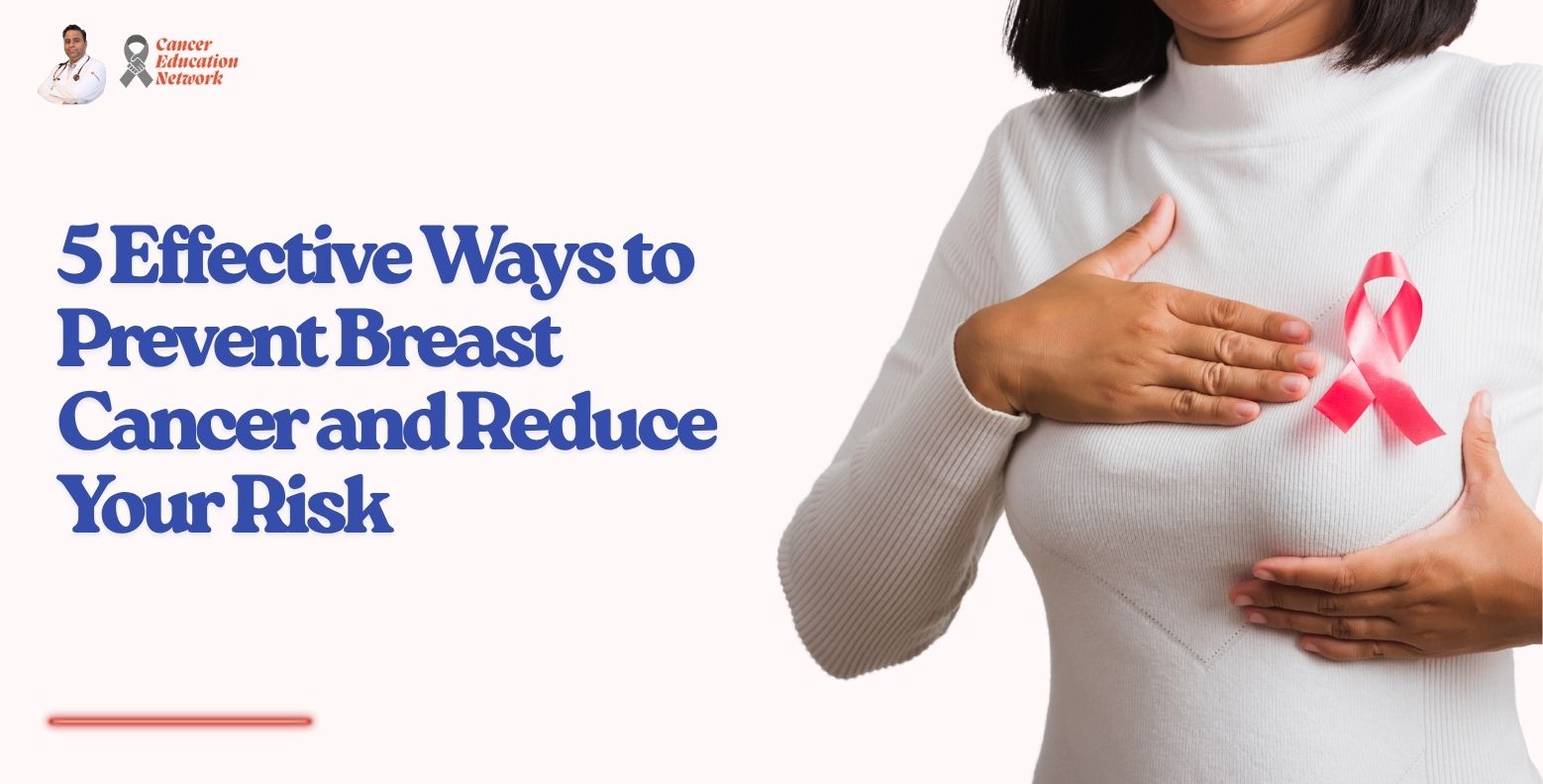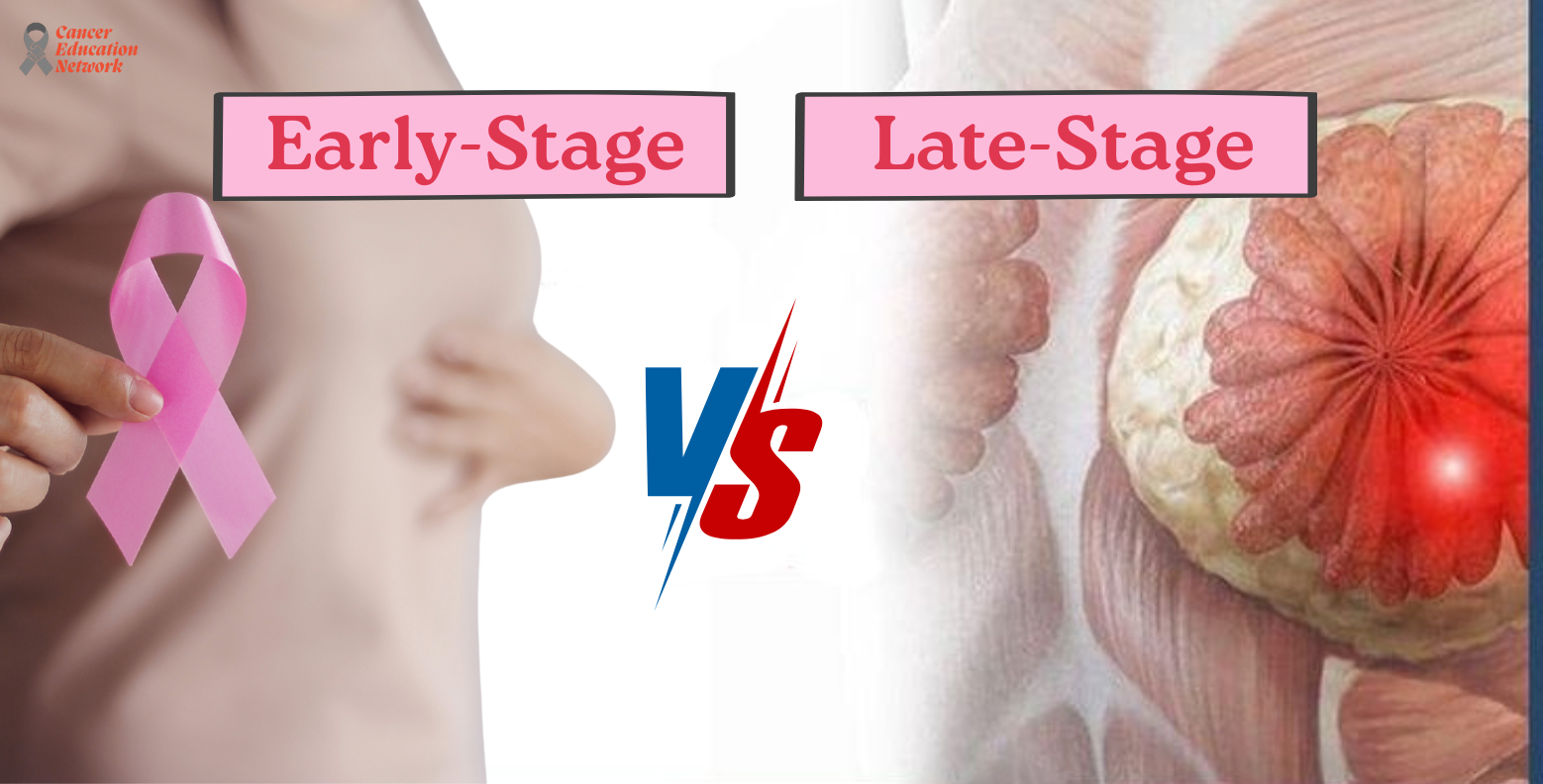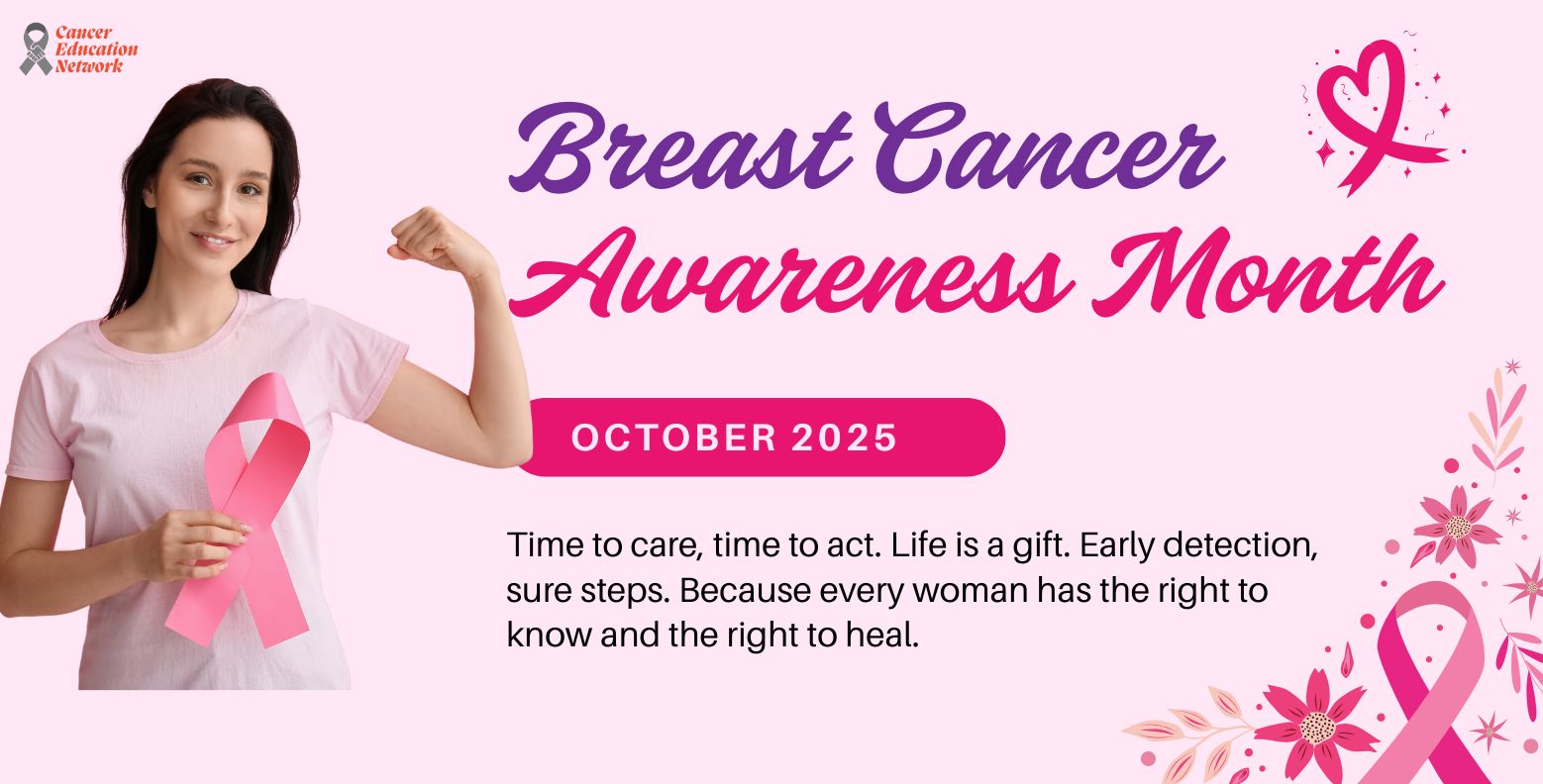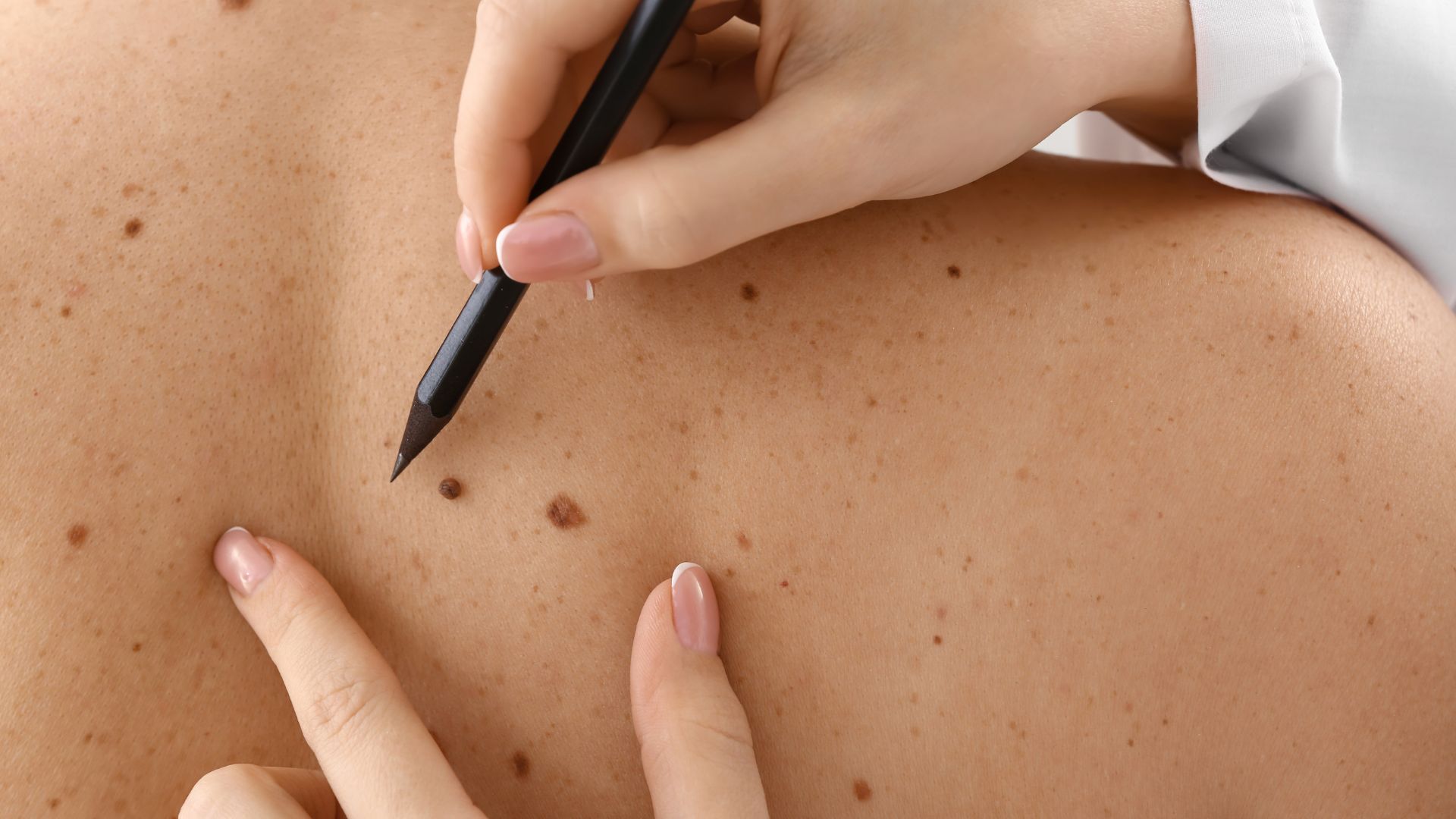By a Skin Cancer Specialist in Lucknow
Why Skin Cancer Deserves Your Attention
Skin cancer is the most common cancer in the world — and often the most underestimated. While it’s one of the most curable cancers when caught early, it can become life-threatening if ignored or misdiagnosed.
The biggest problem in India? Awareness is low. Many early signs of skin cancer are mistaken for harmless conditions — a stubborn mole, a slow-healing sore, or a patch of dry skin. People delay consultations, thinking it’s just an allergy or a wart.
Globally, over 5 million skin cancer cases are diagnosed every year. Melanoma, the deadliest form, causes more than 55,000 deaths annually. Though India has lower rates than Western countries, skin cancer cases are rising due to increased UV exposure, fairer skin tones in some populations, and delayed diagnosis.
📢 That mole on your arm might be more than a beauty mark.
✅ If you notice any unusual or changing skin growth, visit a skin cancer specialist in Lucknow.
What Causes Skin Cancer?
Skin cancer begins when the DNA in skin cells is damaged — often by ultraviolet (UV) radiation from the sun or tanning beds. This damage can cause cells to mutate and multiply uncontrollably.
Some people are more at risk than others. Those with fair skin, light-colored eyes or hair, or conditions like albinism have less melanin — the pigment that offers natural sun protection. Chronic wounds or burn scars can also turn cancerous over time, leading to what’s called Marjolin’s ulcers.
Other risks include exposure to harmful chemicals like arsenic or coal tar, family history of melanoma, and weakened immunity due to conditions like HIV or post-organ transplant medications.
📢 Skin remembers every sunburn.
✅ Even one blistering sunburn in youth can double your lifetime risk of melanoma. If you’re concerned, consult a skin cancer specialist in Lucknow for a screening.
Signs and Symptoms: What Your Skin May Be Trying to Tell You
Skin cancer doesn’t always occur where you expect it. It can appear on sun-exposed areas like the face, arms, or neck — but also in hidden places like the scalp, soles, nails, or genitals. And it doesn’t always look scary — it might mimic a pimple, rash, or mole.
The ABCDE rule helps identify melanoma:
- A – Asymmetry: One half of the mole doesn’t match the other
- B – Border: Edges are irregular, blurred, or jagged
- C – Color: Uneven shades of brown, black, red, or white
- D – Diameter: More than 6 mm (about the size of a pencil eraser)
- E – Evolving: Any change in shape, size, color, or behavior
Other types of skin cancer also have warning signs:
- Basal Cell Carcinoma (BCC) often appears as a pearly bump or scar-like patch that bleeds or doesn’t heal
- Squamous Cell Carcinoma (SCC) shows up as a scaly red patch or wart-like growth that crusts or bleeds
- Melanoma can be a fast-changing mole, and may even show up under fingernails or on non-sun-exposed areas
Rare forms like Merkel cell carcinoma (an aggressive purple bump) or Kaposi sarcoma (seen in immunocompromised individuals) also exist.
📢 Your skin is trying to talk to you. Are you listening?
✅ Any new, changing, or non-healing lesion deserves a professional evaluation in Lucknow.
How Skin Cancer Is Diagnosed
Diagnosis usually begins with a clinical skin exam, often aided by a dermoscope — a special magnifier that helps detect subtle patterns. If a lesion looks suspicious, a skin biopsy is performed to confirm the diagnosis. This can be done using a small punch, shave, or excisional technique.
Once cancer is confirmed, histopathology helps determine the exact type, grade, and whether surgical margins are clear. For melanoma, further imaging like CT, MRI, or PET-CT scans may be needed, especially if deeper invasion or spread is suspected.
In cases of intermediate or thick melanomas, a sentinel lymph node biopsy (SLNB) is often performed to check for regional lymph node involvement. Genetic testing — especially for BRAF mutations — is crucial for guiding treatment in advanced melanoma.
Types of Skin Cancer You Should Know
1. Basal Cell Carcinoma (BCC)
This is the most common form of skin cancer. It grows slowly and rarely spreads, but can cause significant local damage if left untreated. It usually appears on sun-exposed areas like the face, neck, and ears.
2. Squamous Cell Carcinoma (SCC)
This cancer arises from damaged skin, chronic wounds, or areas of long-standing inflammation. Unlike BCC, it can spread to lymph nodes and be more aggressive if untreated.
3. Melanoma
The most dangerous form of skin cancer. Melanoma can spread to distant organs like the lungs, liver, and brain. Early diagnosis is critical — outcomes dramatically improve when caught before it spreads.
Rare Types
Other uncommon but serious skin cancers include Merkel cell carcinoma, Kaposi sarcoma, and cutaneous lymphomas.
Treatment Options: What You Need to Know
Treatment depends on the type, depth, location, and stage of the skin cancer. The goal is always to completely remove the cancer while preserving appearance and function.
For Basal Cell and Squamous Cell Carcinoma
- Surgical excision is the standard — the lesion is removed with clear margins
- Mohs micrographic surgery is ideal for sensitive or high-risk areas like the nose, ears, and eyelids
- Cryotherapy (freezing with liquid nitrogen) may be used for small superficial cancers
- Topical therapies like Imiquimod or 5-fluorouracil are options for superficial lesions
- Radiation therapy is reserved for those who cannot undergo surgery
- Targeted therapies like Cemiplimab (a PD-1 inhibitor) are effective for advanced SCC
✅ Most cases of BCC and SCC, when treated early, have over 95% cure rates.
- For Melanoma
Stage I–II: Wide local excision with appropriate surgical margins. If the tumor is deeper than 1 mm, a sentinel node biopsy may be added. - Stage III: Involves lymph node spread. Treatment includes lymph node dissection and adjuvant immunotherapy with agents like Nivolumab or Pembrolizumab.
- Stage IV: Advanced melanoma that has spread to other organs requires systemic treatment.
- Immunotherapy with checkpoint inhibitors (anti-PD-1 or CTLA-4)
- Targeted therapy with BRAF/MEK inhibitors like Dabrafenib + Trametinib if mutations are present
- Radiation may be used for brain metastases or pain control
- Palliative care ensures symptom relief and quality of life
✅ Thanks to immunotherapy and targeted therapy, long-term survival is now possible even in Stage IV melanoma.
📢 With the right drugs, your immune system can become your best oncologist.
✅ Speak to your skin cancer specialist in Lucknow about these breakthrough treatments.
Can Skin Cancer Be Prevented?
Yes — and that’s what makes it so important to talk about.
Top Prevention Tips:
- Use sunscreen daily (SPF 30 or higher), even on cloudy days
- Avoid the sun during peak hours: 10 am to 4 pm
- Wear protective clothing, sunglasses, and wide-brimmed hats
- Never use tanning beds
- Get regular skin checks, especially if you’re at high risk
- Learn to do monthly self-exams — check your entire skin, including scalp, soles, and under nails
📢 Your skin is the only suit you’ll wear for life — protect it.
✅ Visit a skin cancer specialist in Lucknow for a full-body skin exam and personalized advice.
Final Note: Skin Cancer Is Visible — and Beatable
Unlike many internal cancers, skin cancer gives visible clues — if you know what to look for. Early diagnosis can mean the difference between a simple procedure and a life-threatening illness.
👉 Don’t ignore that changing mole
👉 Don’t wait for a sore to heal on its own
👉 Don’t fear a diagnosis — many skin cancers are curable
📢 Your skin tells your story. Don’t let cancer rewrite it.
✅ See a skin cancer specialist in Lucknow today and take control of your skin health.
Book Your Skin Cancer Screening Now
If you’ve noticed a suspicious skin lesion, changing mole, or non-healing sore, don’t wait.
Consult a top skin cancer specialist in Lucknow for expert dermoscopy, biopsy, and evidence-based treatment.












